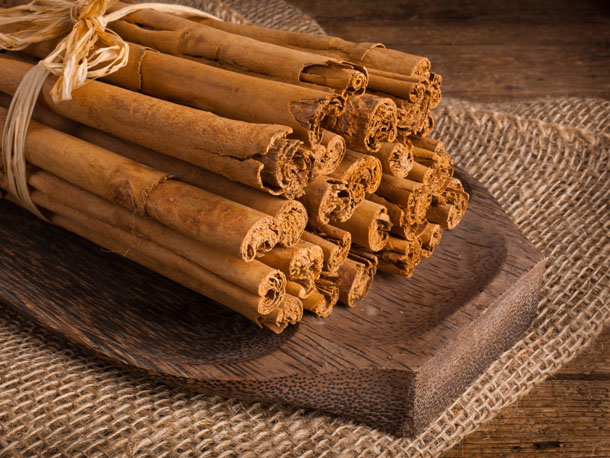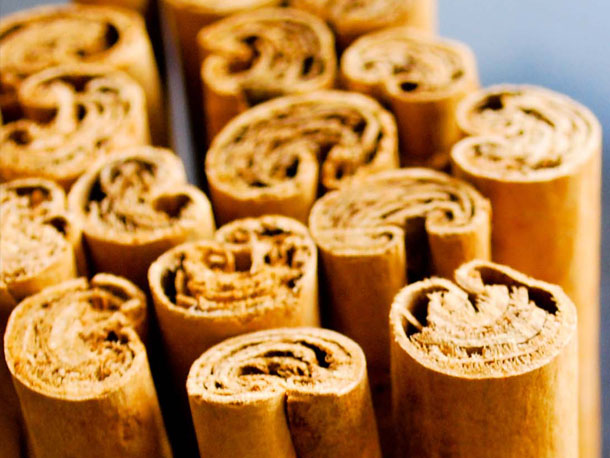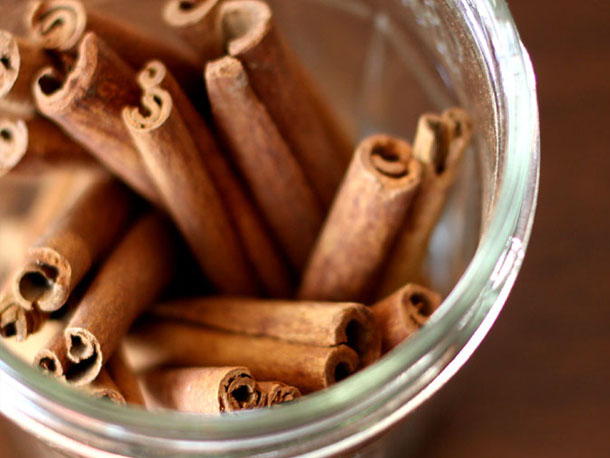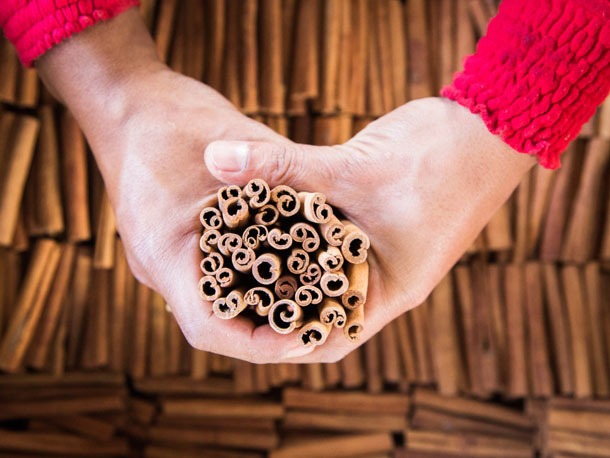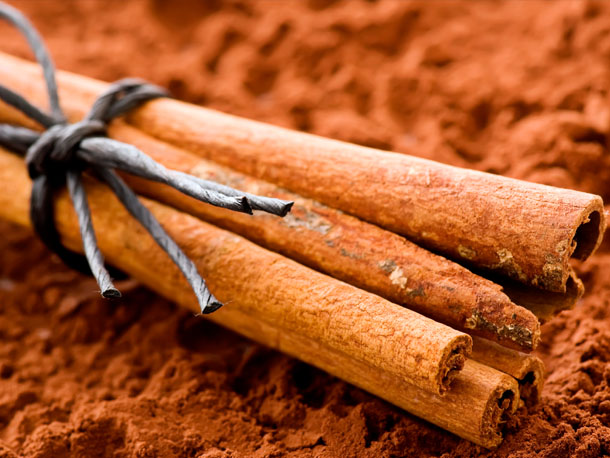Indonesian cassia still in stable pricing mode
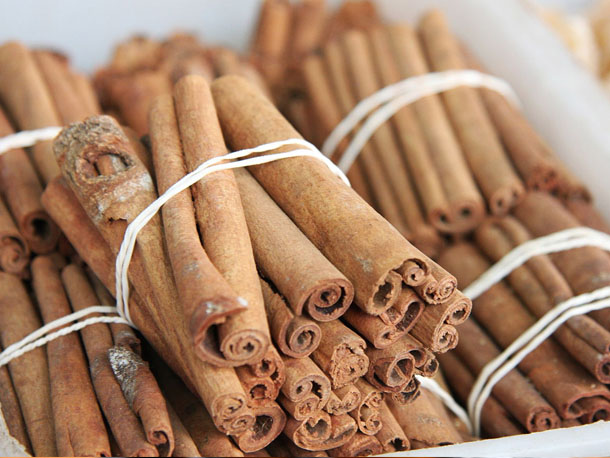
Indonesian cassia prices are expected to remain in a stable pattern for the time being as the flow of supply has improved with the arrival of drier weather at origin and demand is ticking along at no more than steady levels.
EHL Ingredients, a UK importer, blender and packer of natural food ingredients, said in a May 14 press release that there had been a global surge in prices for cassia cinnamon after heavy rainfall in Southeast Asia adversely impacted crops from November 2013 until this March.
The company sources its cassia from Indonesia. The spice is also produced in China and Vietnam.
The use of the term cassia cinnamon denotes the fact that cassia has a similar flavour profile and characteristics to genuine cinnamon, which is produced in Sri Lanka, Madagascar and the Seychelles.
EHL reported that the wholesale cost of cassia cinnamon had risen by 20% year-on-year in February 2014. The company attributed this to heavy rainfall in Indonesia having a detrimental effect on crop yields in the region, leaving the spice in short supply.
Patrick Barthelemy, founding member of Cassia Co-op, recalled that prices had surged higher between September and December 2013, but then flattened out from the start of 2014. This trend had continued over the subsequent months.
EHL added that customer demand for cassia cinnamon, both in ground form and in whole quills, had also increased among UK food manufacturers, wholesalers and retailers. The company gave assurances that it would be endeavouring to keep prices for its products as steady as possible.
Trying to keep prices stable
Tasneem Backhouse, sales director at EHL Ingredients, said: “Faced with increasing demand for this popular and versatile spice, we are working to ensure that prices remain as stable as possible at EHL. Predictions show that the wet weather in Indonesia is due to peter out in the next couple of months, which should ensure optimum conditions for the drying process and a stabilisation of prices.”
Barthelemy remarked: “Right now we have a more regular weather pattern but the farmers have got used to the higher price of raw material. Basically, they are holding to those levels.”
Barthelemy said that prices for split cassia had averaged IDR8,700 (USD0.76) per kilo back in July 2013, whereas now they were more than IDR14,000. However, a weakening in the Indonesian rupiah meant that the gains at export level were less extreme.
He noted that Corintji B broken and cleaned cassia was in a range from around USD2,000/kg cif compared with about USD1,400 a year ago.
Barthelemy explained that Indonesian cassia sticks were the premium, speciality, added value end of the market and at prices of around USD4,000/tonne and higher. However, the actual extent of the price gains on this side was similar to those seen in the broken and cleaned material.
Prices were in generally a flat pattern from January and could even ease slightly as most buyers were covered for the time being, Barthelemy said. However, prices could not decline much as this would remove the incentive for farmers to cut cassia trees.
Cassia/cinnamon is harvested immediately after the rainy season, when the bark is soft and easy to strip. The strips of bark, or “quills”, are then left in the sun to dry out, before being rolled on a board to give them their shape. In humid or rainy conditions mechanical dryers are used to assist in this process.
The heavy rainfall led to disruptions in the crucial drying stage of the harvesting process, meaning that much of the raw bark was left with more than 35% moisture content, which is unusually high.
Rising labour costs
EHL noted that the spike in prices could therefore be attributed to the extra work involved in drying the cassia cinnamon and a decrease in supply of suitable raw materials used to make the spice.
The company also observed that positive media reports on the health benefits of the spice had added to its popularity.
Backhouse said: “We put the increase in demand for our cassia cinnamon and the rise in wholesale prices down to two factors: the knock-on effects of heavy rainfalls reducing supplies available and the renewed interest in the spice thanks to its tasty, sweet flavour and positive media coverage highlighting its versatility and health benefits.”
Barthelemy said he was expecting demand to re-emerge from July onwards as buyers looked to cover for the Christmas season. “July, August and September are big months,” he noted.
In addition, some of the major buyers had covered at steady prices earlier in order to prevent a further surge in prices later this year.
Backhouse said the popularity of the spice showed no signs of abating. “We will continue to source the spice from authentic and reliable suppliers, simultaneously offering our customers high quality (cassia) cinnamon at the best possible price we can,” she added

